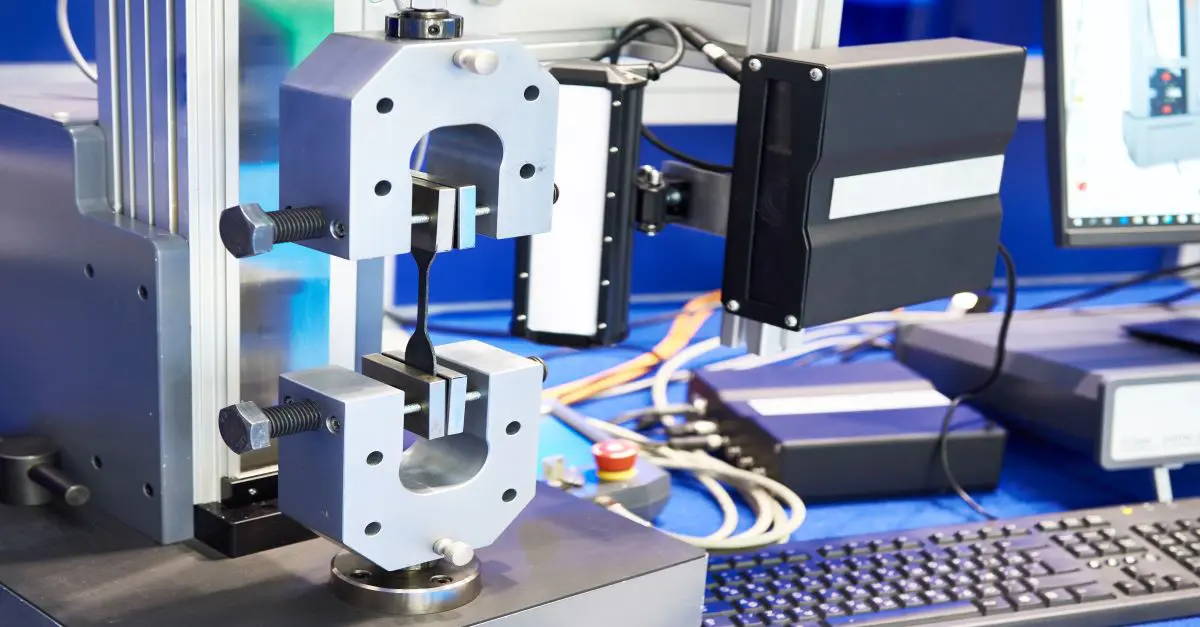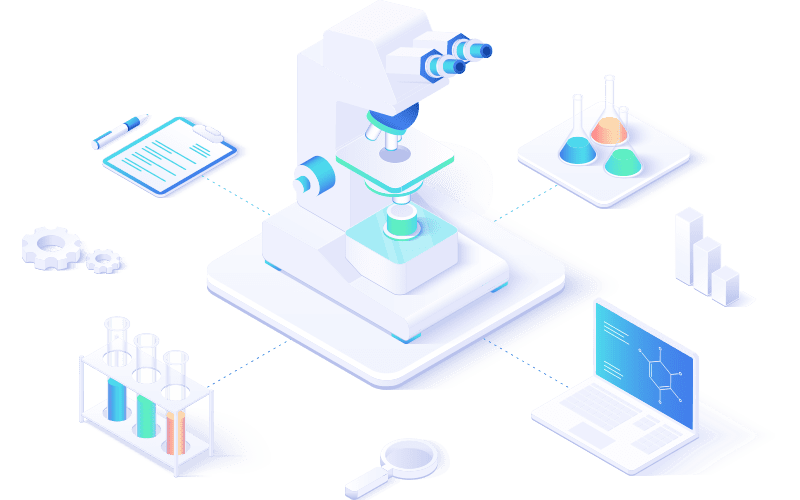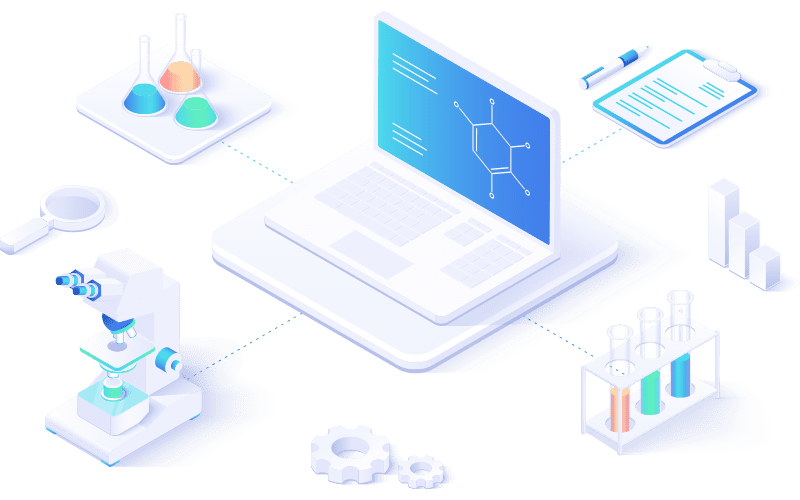
When you hear the word “metallurgy,” what comes to mind? For this author, the first thought was an allergy to metals. Boy, was I wrong!
Metallurgy is a branch of science and technology concerned with the properties of metals and their production and purification.
If that sounds fascinating yet a bit removed from your daily life, you would be mistaken. Nearly every item you use contains metal components that have been tested and approved by a metallurgical lab. This includes the car you drive to work, the cell phone you use to watch skateboarding dogs, the batteries in your smartwatch, and the airplane you will travel on for your first family vacation to Disney World.
What are the three types of metallurgy?
The study of metallurgy can be divided into three main types:
- Process metallurgy: the extraction of metals from their ores and the subsequent refining of those metals
- Physical metallurgy: the study of the physical and mechanical properties of metals as affected by composition and environmental conditions
- Mechanical metallurgy: the study of the response of metals to applied forces
A metallurgy laboratory and the metallurgists who work there are providing valuable analytical testing to multiple industries and will lead the charge in finding more ways to use recycled materials.
What is metallurgy used for?
Metallurgy laboratories are used to support the mining industry, from initial site exploration through to the analysis of rock, mineral, and metal resource samples extracted from the mine. A metallurgist can help determine the profitability of the mine by determining the quality of the metal present at the site location and how much of the metal they expect to recover.
Once the mine is active, the metallurgist physically separates the valuable metal components from the unnecessary components in ores. The metals are then either chemically extracted or purified using an acid solution (hydrometallurgy) or extracted using high-temperature processing (pyrometallurgy), for end users.
But metallurgy is not just about extracting copper, gold, zinc, or silver from the mines. Once those metals are processed, the manufacturers who want to produce products with those metals also need the metallurgy lab.
Metallurgy labs support clients from the aerospace, automobile, medical device, construction, HVAC and plumbing, electronics, batteries, and other industries to ensure consumer and industrial products are safe and made of high-quality materials. The labs conduct failure testing, corrosion testing, hardness testing, chemical analysis, fatigue testing, metallography (microstructure of metallic alloys), and weld testing, just to name a few.
Metallurgy labs don’t just work with familiar metals like steel and aluminum. Metallurgical engineers produce many exotic materials such as metals with shape memories, ultra high-purity materials for integrated circuits, materials for surgical implants, ceramics for space vehicles, nano-scale metal particles, and superconductors.
Metallurgy labs are key in quality control. The structural integrity of an automobile or airplane depends on the correct alloy composition in each working metal part. A battery constructed of the wrong metal makeup can cause a cell phone to catch fire.
The future of metallurgy labs
The goal of “2050 for Net Zero1,” the international scientific consensus that human-caused emissions of carbon dioxide need to be zero by the year 2050, and the demand for things like electric vehicles and renewable energy will only further increase the demand for metals. However, some research suggests that known primary metal supplies will be exhausted within roughly 50 years.2
Yale University’s Thomas Graedel, an industrial ecologist, has singled out copper, zinc, and palladium as being under-sourced, meaning the metals are being extracted from Earth and put into service at rates faster than they can be mined or recycled, leaving more metal above the ground than below. This would mean a full shift from mining and dependence solely on recycled metals.3
With some of the world’s largest companies, like Google and Microsoft, pledging to use more recycled materials to reduce landfills, there will be a need for metallurgy labs to develop new processes to extract and purify metals from those complex recycled items to minimize waste, save energy, and reduce the carbon footprint.
In 2020, Pandora, the world’s largest jewelry maker by volume, announced that by 2025 all of its jewelry would be made from recycled gold and silver, some of which would come from electronic waste3, like discarded laptops, mobile phones, gaming consoles, and graphic cards. Even the Royal Mint, owned by the British Government, has been building a plant (expected to be complete in 2023) that will process 90 tons of electronic waste per week. The metals recovered, tested, and processed in the lab will be used in the mint’s jewelry collection.
LabLynx ELab LIMS supports the needs of a metallurgy lab
LabLynx understands the needs of a metallurgy lab and offers a laboratory information management system (LIMS) solution that adapts to each lab’s unique practices. Once implemented, LabLynx’s ELab LIMS tracks every sample from point of collection through testing while linking it to all associated data, including sample preparation methods. Lab engineers can quickly modify methods and set limits and specifications with the LIMS’ simple interface.
Integrate your scanning electron microscopy (SEM) or energy-dispersive X-ray spectroscopy (EDS) systems with the ELab LIMS to eliminate the manual processes that introduce errors and extend turn-around times. You can also use the LIMS to monitor instrument performance and plan regular maintenance and calibration.
Making LabLynx’s ELab LIMS your metallurgy lab’s single source of testing data also lets you generate reports for quality control, regulatory compliance, and accreditation assessments.
Contact sales@lablynx.com today to schedule an introductory call and find out if the LabLynx LIMS software solution is right for your metallurgy lab.
References
1 https://netzeroclimate.org/what-is-net-zero/
2 https://www.nature.com/articles/s43247-020-0011-0
3 https://pubsapp.acs.org/cen/science/87/8723sci1.html
4 https://www.nytimes.com/2022/08/29/fashion/jewelry-electronic-mining-recycling.html
Accelerate Your Lab's Success & Experience LabLynx
"*" indicates required fields
Explore the LabLynx Suites

LIMS Suite
Seamless Sample and Workflow Management
The LabLynx LIMS Suite empowers laboratories with the tools needed to manage samples, workflows, compliance, and more in one centralized system. It’s the backbone for labs seeking efficient, reliable, and scalable management solutions.

ELN Suite
The LabLynx ELN Suite offers a modern approach to managing lab data and experiments. With its secure, intuitive platform, your team can record, store, and collaborate effortlessly, supporting innovation every step of the way.

Lab Automation
Automate for Efficiency and Growth
Streamline operations and boost productivity with the LabLynx Lab Automation Suite. Designed for labs ready to embrace advanced automation, this suite integrates systems, instruments, and workflows to deliver efficiency at scale.
